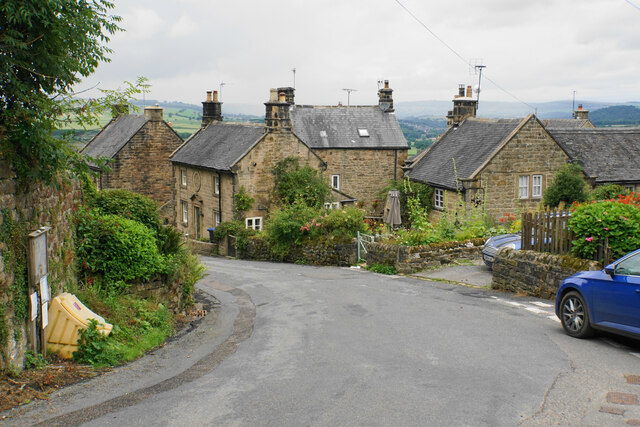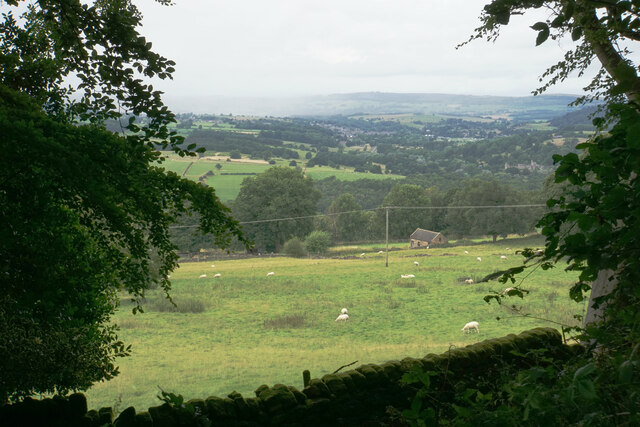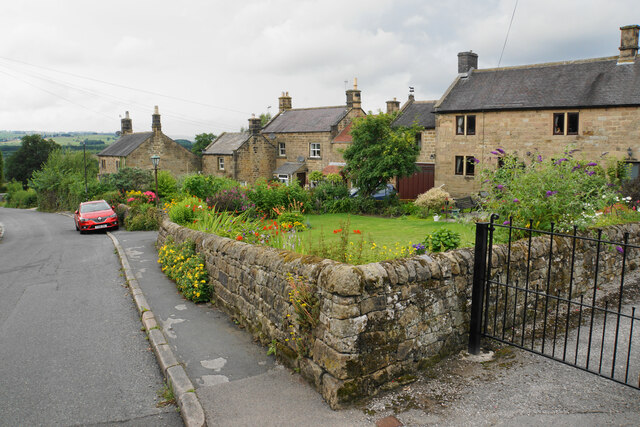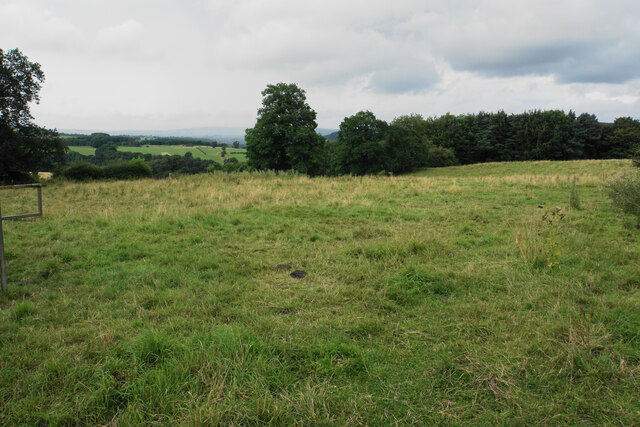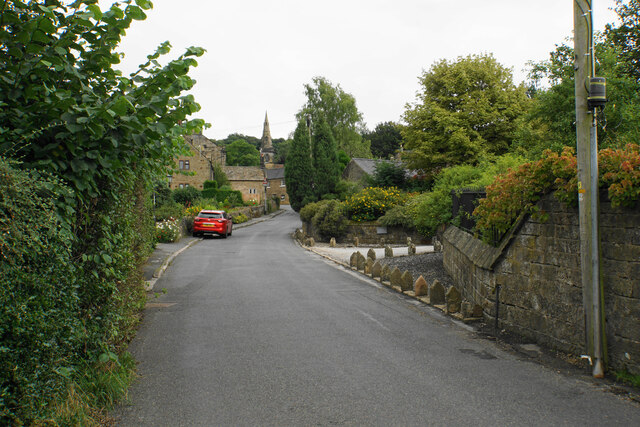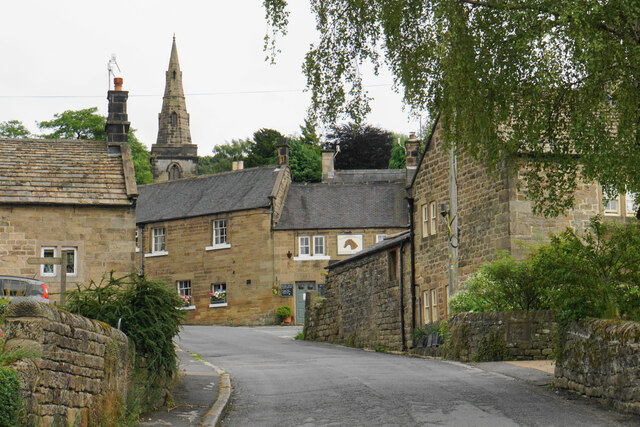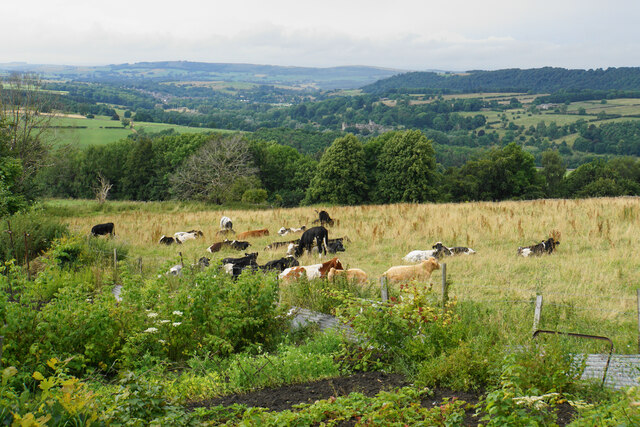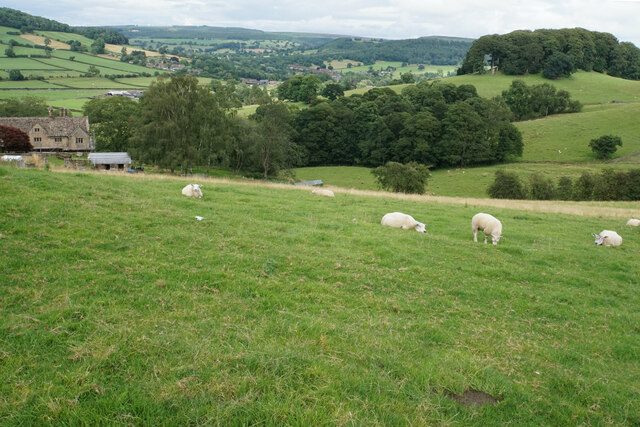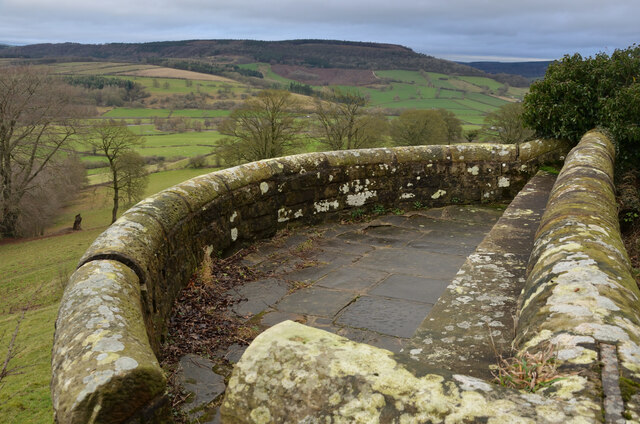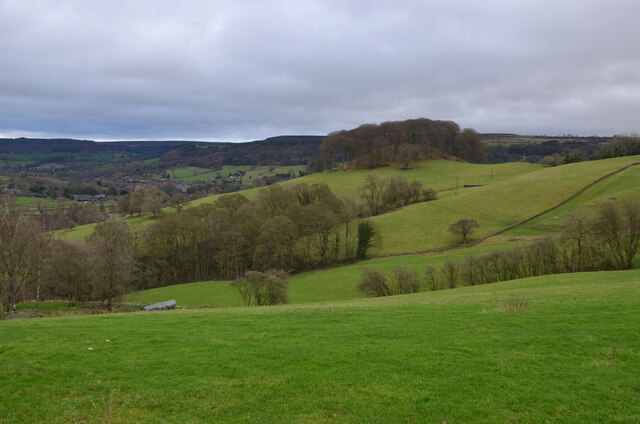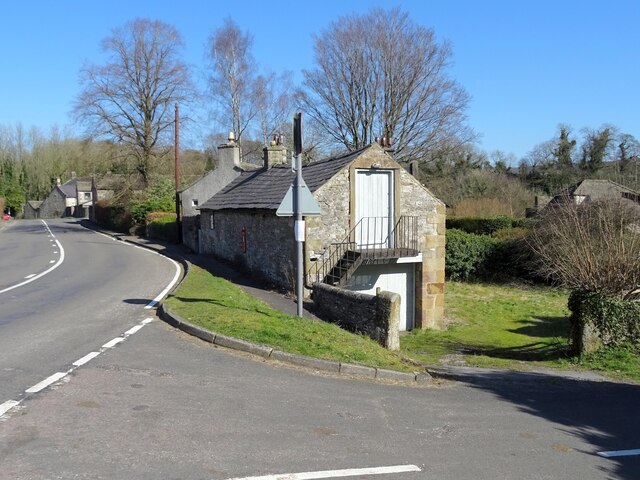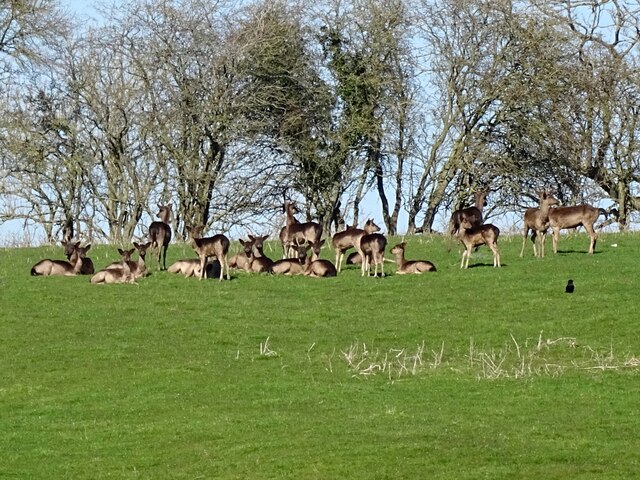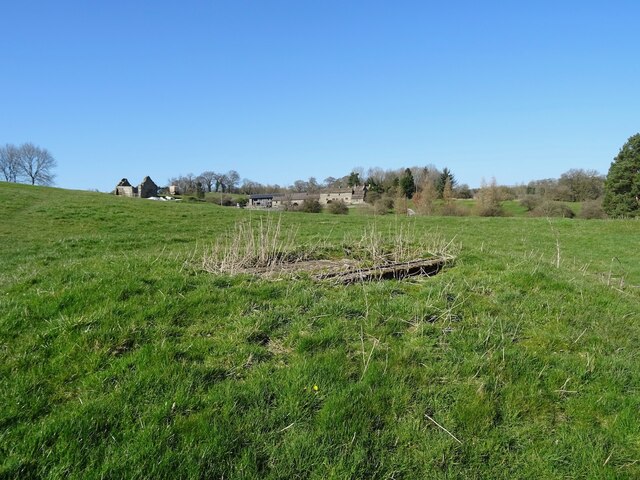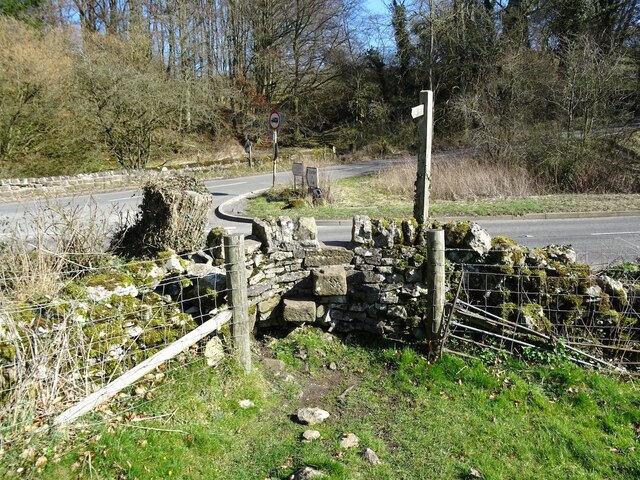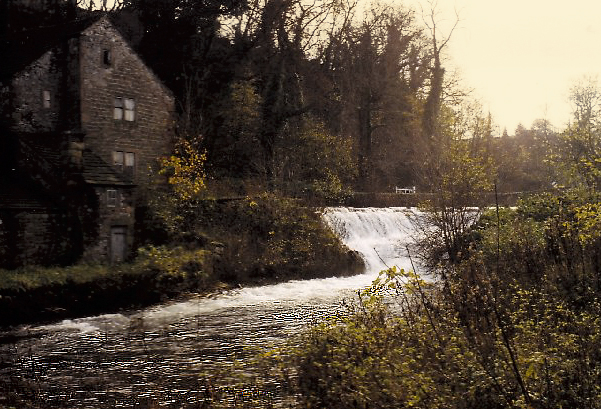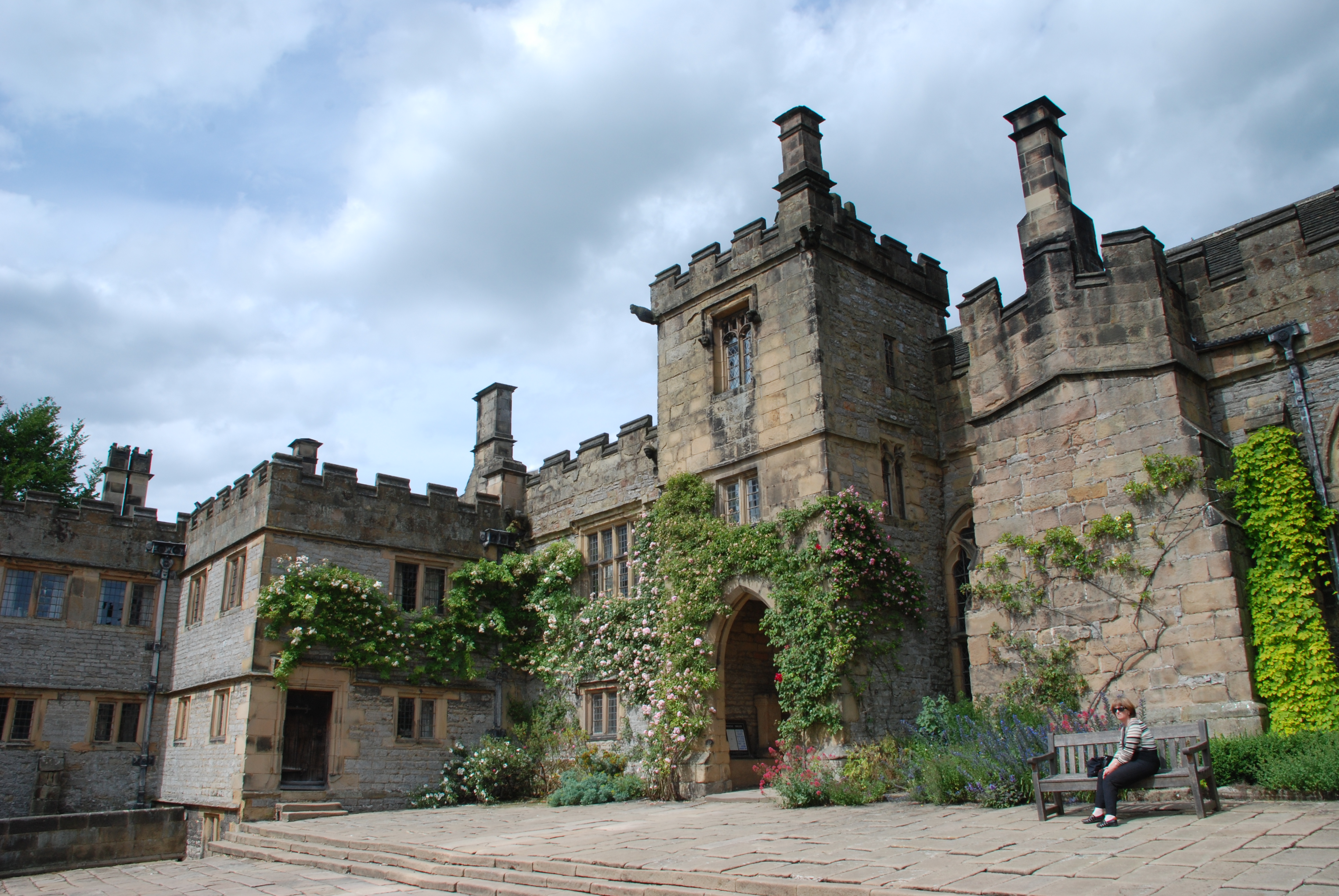Tolls Wood
Wood, Forest in Derbyshire Derbyshire Dales
England
Tolls Wood

Tolls Wood, located in Derbyshire, is a picturesque woodland area known for its natural beauty and rich biodiversity. Spanning over a vast area, this forested land offers a serene escape from the hustle and bustle of city life.
The wood is predominantly composed of deciduous trees, creating a stunning display of vibrant colors during the autumn season. Oak, beech, and ash trees dominate the landscape, providing a dense canopy that filters sunlight, casting dappled shadows on the forest floor.
Tolls Wood is home to a diverse range of flora and fauna. Wildflowers such as bluebells, primroses, and wood anemones bloom in abundance during spring, creating a colorful tapestry. The forest floor is also carpeted with ferns and mosses, adding to the enchanting atmosphere.
The woodland is a haven for wildlife, with various species making it their habitat. Visitors may spot native animals like deer, squirrels, birds, and, if lucky, even the elusive red fox. Birdwatchers often flock to the area to catch a glimpse of resident and migratory species, including woodpeckers, owls, and songbirds.
Tolls Wood offers several well-maintained walking trails that provide visitors with an opportunity to explore the forest at their own pace. These trails wind through the forest, allowing hikers to immerse themselves in the peaceful and tranquil surroundings. During the walk, visitors may come across babbling brooks, small ponds, and hidden clearings that add to the charm of the wood.
Overall, Tolls Wood is a natural gem, offering an idyllic setting for nature lovers, hikers, and those seeking solace in the beauty of the great outdoors.
If you have any feedback on the listing, please let us know in the comments section below.
Tolls Wood Images
Images are sourced within 2km of 53.18119/-1.6529349 or Grid Reference SK2364. Thanks to Geograph Open Source API. All images are credited.
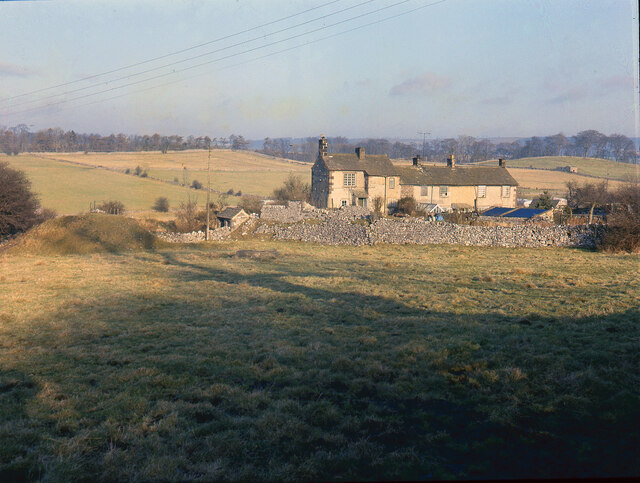
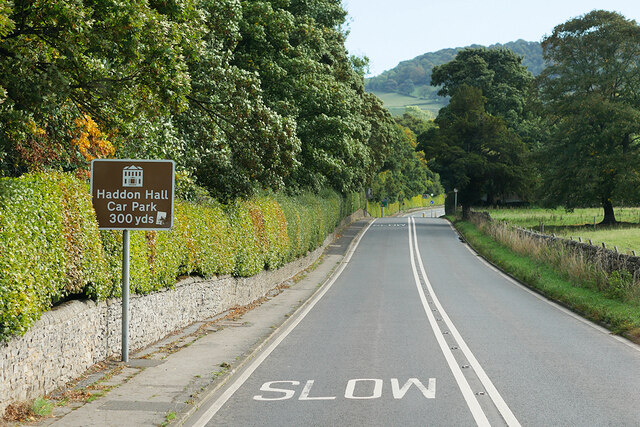
Tolls Wood is located at Grid Ref: SK2364 (Lat: 53.18119, Lng: -1.6529349)
Administrative County: Derbyshire
District: Derbyshire Dales
Police Authority: Derbyshire
What 3 Words
///surveyors.tastes.path. Near Youlgreave, Derbyshire
Nearby Locations
Related Wikis
Harthill Hall
Harthill Hall was formerly the Manor House of a great 13th century Estate, and the hall is now a Grade II listed building within the civil parish of Harthill...
Stanton in Peak
Stanton in Peak (also written as Stanton-in-Peak) is a village in the Derbyshire Dales district of Derbyshire, It is about seven miles north-west of Matlock...
Holy Trinity Church, Stanton-in-Peak
Holy Trinity Church, Stanton-in-Peak is a Grade II listed parish church in the Church of England in Stanton in Peak, Derbyshire. == History == The church...
Stanton Hall, Stanton in Peak
Stanton Hall is a privately owned country house at Stanton in Peak in the Derbyshire Peak District, the home of the Davie-Thornhill family. It is a Grade...
Alport
Alport is a hamlet in the White Peak area of Derbyshire, England. It lies east of Youlgreave, at the confluence of the River Bradford and the River Lathkill...
Nether Haddon
Nether Haddon is a sparsely populated village and civil parish in Derbyshire, England. It is immediately downstream along the River Wye from the small...
River Lathkill
The River Lathkill is a river in the Peak District National Park in Derbyshire, England. First recorded in 1280, the name "Lathkill" possibly has Scandinavian...
River Bradford
The River Bradford is a river in the Peak District National Park in Derbyshire. Its source is on Gratton Moor and after passing below Youlgreave it joins...
Nearby Amenities
Located within 500m of 53.18119,-1.6529349Have you been to Tolls Wood?
Leave your review of Tolls Wood below (or comments, questions and feedback).
